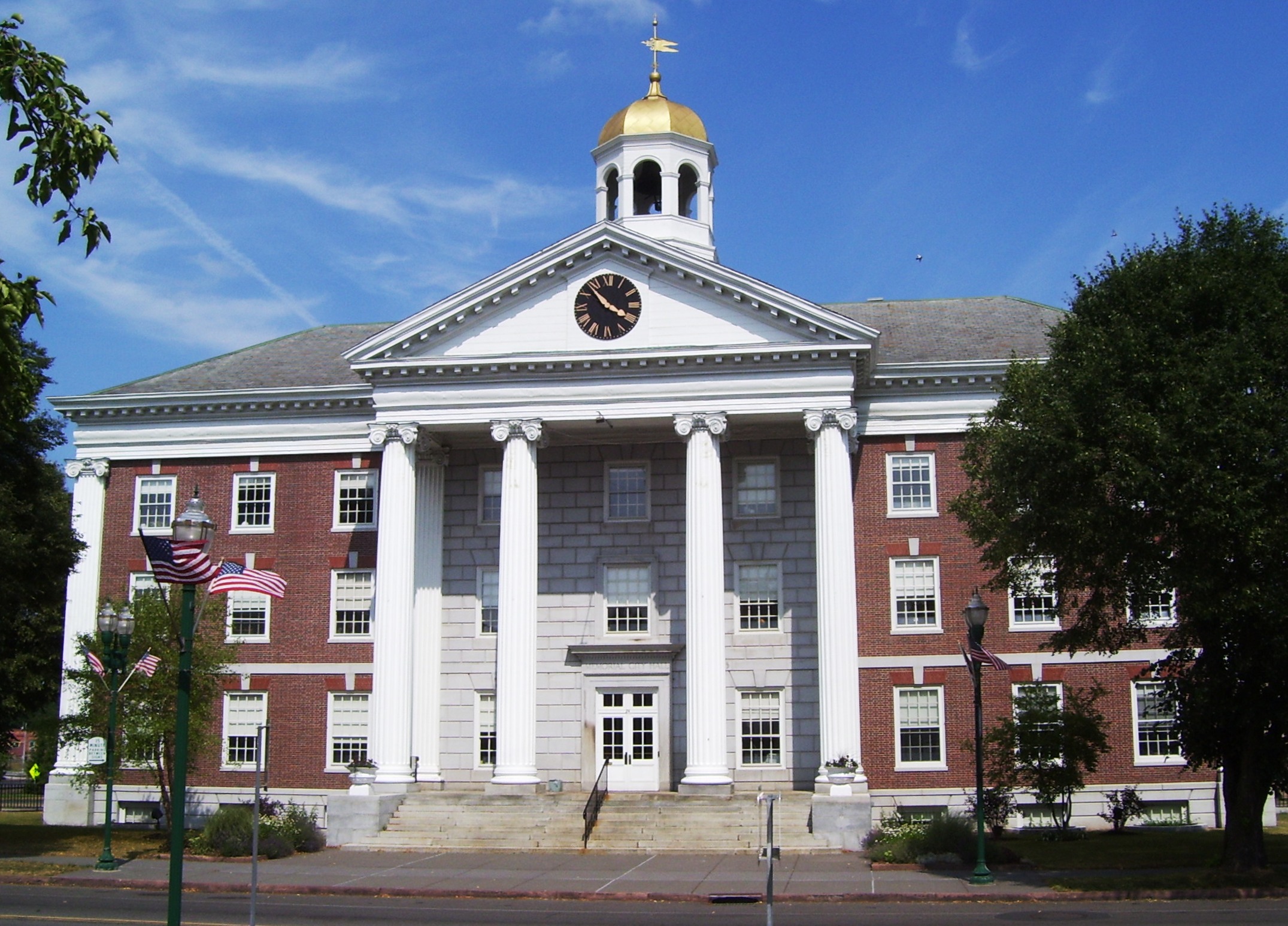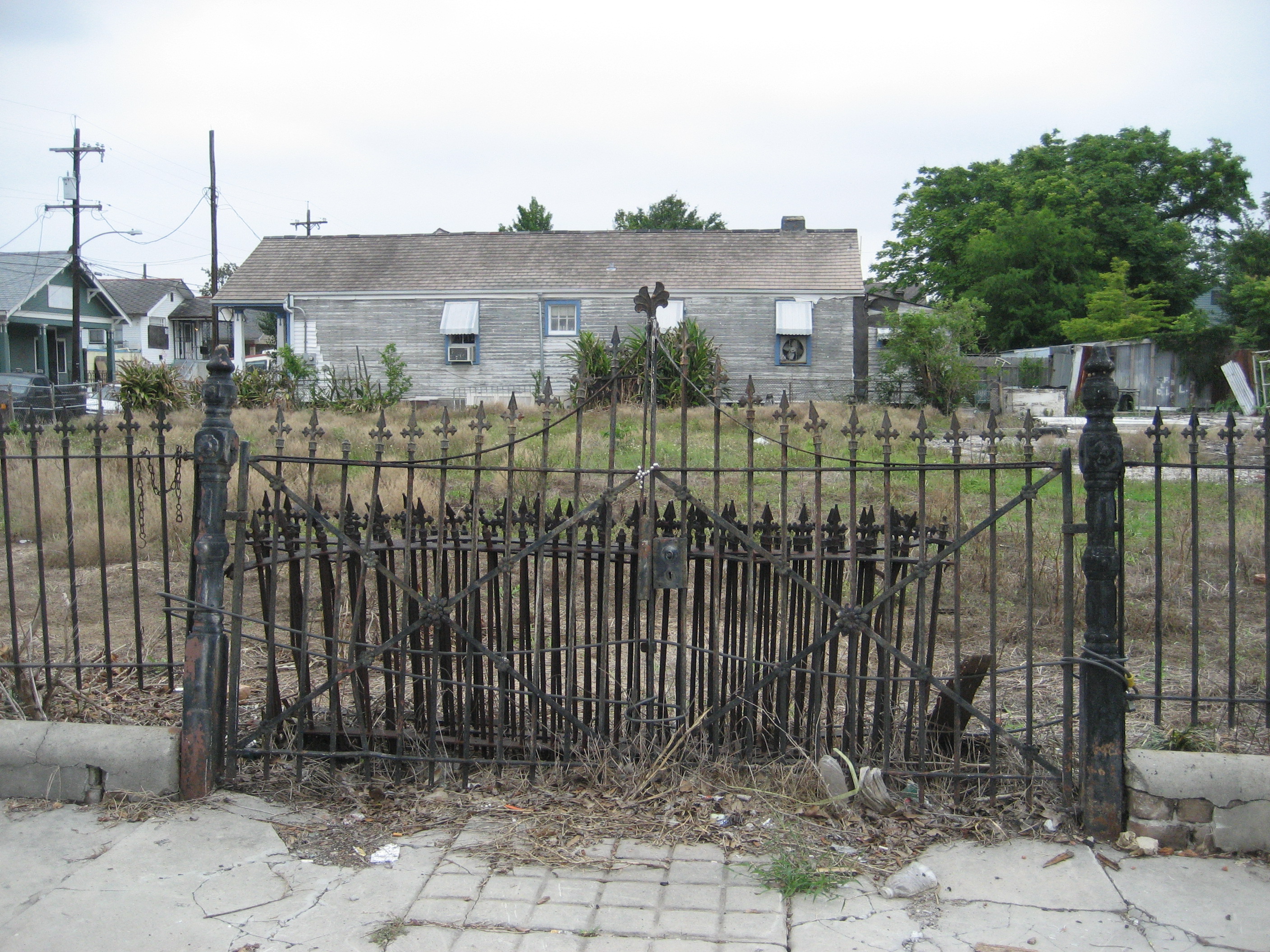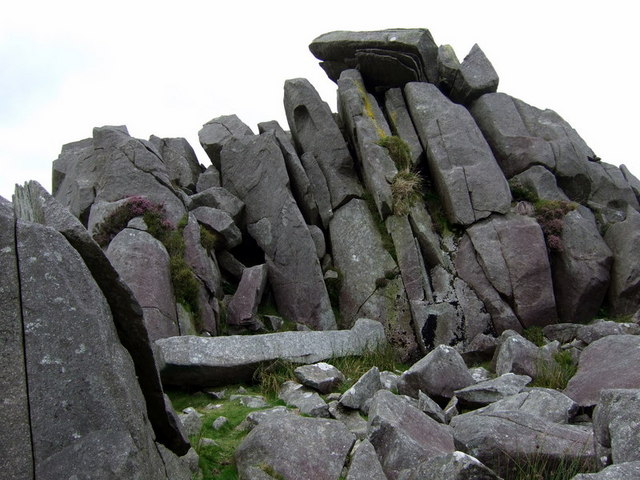|
General Electric Realty Plot
The General Electric Realty Plot, often referred to locally as the GE Realty Plot, GE Plots or just The Plot, is a residential neighborhood in Schenectady, New York, Schenectady, New York, United States. It is an area of approximately just east of Union College (New York), Union College. In 1980 the entire neighborhood was recognized as a historic district (United States), historic district and listed on the National Register of Historic Places. Originally an undeveloped tract owned by the college, it was sold to General Electric (GE) at the end of the 19th century to help the college pay off a debt. The company formed a subsidary to land subdivision, subdivide and real estate development, develop it, laid out streets according to a urban planning, plan inspired by New York's Central Park and built houses on the land, with Real Covenant, covenants requiring a minimum lot size and house value. Two of them were among the first fully electric houses in the U.S., used as models by G ... [...More Info...] [...Related Items...] OR: [Wikipedia] [Google] [Baidu] |
Schenectady, New York
Schenectady ( ) is a City (New York), city in Schenectady County, New York, United States, of which it is the county seat. As of the United States Census 2020, 2020 census, the city's population of 67,047 made it the state's ninth-most populous city and the twenty-fifth most-populous municipality. The city is in eastern New York, near the confluence of the Mohawk River, Mohawk and Hudson River, Hudson rivers. It is in the same Capital District (New York), metropolitan area as the state capital, Albany, New York, Albany, which is about southeast. Schenectady was founded on the south side of the Mohawk River by Dutch colonists in the 17th century, many of whom came from the Albany area. The name "Schenectady" is derived from the Mohawk language, Mohawk word ''skahnéhtati'', meaning "beyond the pines" and used for the area around Albany, New York. Residents of the new village developed farms on strip plots along the river. Union College, the first non-denominational institut ... [...More Info...] [...Related Items...] OR: [Wikipedia] [Google] [Baidu] |
Nobel Laureate
The Nobel Prizes (, ) are awarded annually by the Royal Swedish Academy of Sciences, the Swedish Academy, the Karolinska Institutet, and the Norwegian Nobel Committee to individuals and organizations who make outstanding contributions in the fields of chemistry, physics, literature, peace, and physiology or medicine. They were established by the 1895 will of Alfred Nobel, which dictates that the awards should be administered by the Nobel Foundation. An additional prize in memory of Alfred Nobel was established in 1968 by Sveriges Riksbank (Sweden's central bank) for outstanding contributions to the field of economics. Each recipient, a Nobelist or '' laureate'', receives a gold medal, a diploma, and a sum of money which is decided annually by the Nobel Foundation. Prize Different organisations are responsible for awarding the individual prizes; the Royal Swedish Academy of Sciences awards the Prizes in Physics, Chemistry, and Economics; the Swedish Academy awards the ... [...More Info...] [...Related Items...] OR: [Wikipedia] [Google] [Baidu] |
Colonial Revival Architecture
The Colonial Revival architectural style seeks to revive elements of American colonial architecture. The beginnings of the Colonial Revival style are often attributed to the Centennial Exhibition of 1876, which reawakened Americans to the architectural traditions of their colonial past. Fairly small numbers of Colonial Revival homes were built –1910, a period when Queen Anne-style architecture was dominant in the United States. From 1910–1930, the Colonial Revival movement was ascendant, with about 40% of U.S. homes built in the Colonial Revival style. In the immediate post-war period (–early 1960s), Colonial Revival homes continued to be constructed, but in simplified form. In the present day, many New Traditional homes draw from Colonial Revival styles. Although associated with the architectural movement, "Colonial Revival" also refers to historic preservation, landscape architecture and garden design, and decorative arts movements that emulate or draw in ... [...More Info...] [...Related Items...] OR: [Wikipedia] [Google] [Baidu] |
Setback (land Use)
In land use, a setback is the minimum distance which a building or other structure must be set back from a street or road, a river or other stream, a shore or flood plain, or any other place which is deemed to need protection. Depending on the jurisdiction, other things like fences, landscaping, septic tanks, and various potential hazards or nuisances might be regulated and prohibited by setback lines. Setbacks along state, provincial, or federal highways may also be set in the laws of the state or province, or the federal government. Local governments create setbacks through ordinances, zoning restrictions, and Building Codes, usually for reasons of public policy such as safety, privacy, and environmental protection. Neighborhood developers may create setback lines (usually defined in Covenants & Restrictions, and set forth in official neighborhood maps) to ensure uniform appearance in the neighborhood and prevent houses from crowding adjacent structures or streets. In some case ... [...More Info...] [...Related Items...] OR: [Wikipedia] [Google] [Baidu] |
Lot (real Estate)
In real estate, a land lot or plot of land is a tract or parcel of land owned or meant to be owned by some owner(s). A plot is essentially considered a parcel of real property in some countries or immovable property (meaning practically the same thing) in other countries. Possible owners of a plot can be one or more persons or another legal entity, such as a company, corporation, organization, government, or trust. A common form of ownership of a plot is called fee simple in some countries. A small area of land that is empty except for a paved surface or similar improvement, typically all used for the same purpose or in the same state is also often called a plot. Examples are a paved car park or a cultivated garden plot. This article covers plots (more commonly called lots in some countries) as defined parcels of land meant to be owned as units by an owner(s). Like most other types of property, lots or plots owned by private parties are subject to a periodic property tax ... [...More Info...] [...Related Items...] OR: [Wikipedia] [Google] [Baidu] |
Contributing Property
In the law regulating historic districts in the United States, a contributing property or contributing resource is any building, object, or structure which adds to the historical integrity or architectural qualities that make the historic district significant. Government agencies, at the state, national, and local level in the United States, have differing definitions of what constitutes a contributing property but there are common characteristics. Local laws often regulate the changes that can be made to contributing structures within designated historic districts. The first local ordinances dealing with the alteration of buildings within historic districts was enacted in Charleston, South Carolina in 1931. Properties within a historic district fall into one of two types of property: contributing and non-contributing. A contributing property, such as a 19th-century mansion, helps make a historic district historic, while a non-contributing property, such as a modern medical cli ... [...More Info...] [...Related Items...] OR: [Wikipedia] [Google] [Baidu] |
Bluestone
Bluestone is a cultural or commercial name for a number of natural dimension stone, dimension or building stone varieties, including: * basalt in Victoria (Australia), Victoria, Australia, and in New Zealand * diabase, dolerites in Tasmania, Australia; and in Britain (including Stonehenge) * feldspar, feldspathic sandstone in the US and Canada * limestone in the Shenandoah Valley in the US, from the Hainaut (province), Hainaut quarries in Soignies, Belgium, and from quarries in County Carlow, County Galway and County Kilkenny in Ireland * slate in South Australia It is unrelated to human-made blue brick. Stonehenge The term "bluestone" in Britain is used in a loose sense to cover all of the "foreign", not intrinsic, stones and rock debris at Stonehenge. It is a "convenience" label rather than a geological term, since at least 46 different rock types are represented. One of the most common rocks in the assemblage is known as Preseli spotted dolerite—a chemically altered i ... [...More Info...] [...Related Items...] OR: [Wikipedia] [Google] [Baidu] |
Ravine
A ravine is a landform that is narrower than a canyon and is often the product of streambank erosion. Ravines are typically classified as larger in scale than gullies, although smaller than valleys. Ravines may also be called a cleuch, dell, ghout (Nevis), gill or ghyll, glen, gorge, kloof (South Africa), and chine (Isle of Wight) A ravine is generally a fluvial slope landform of relatively steep (cross-sectional) sides, on the order of twenty to seventy percent in gradient. Ravines may or may not have active streams flowing along the downslope channel which originally formed them; moreover, often they are characterized by intermittent streams, since their geographic scale may not be sufficiently large to support a perennial stream. Definition According to Merriam-Webster, a ravine is "a small, narrow, steep-sided valley that is larger than a gully and smaller than a canyon and that is usually worn by running water". Some societies and languages do not differentiate b ... [...More Info...] [...Related Items...] OR: [Wikipedia] [Google] [Baidu] |
Mohawk River
The Mohawk River is a U.S. Geological Survey. National Hydrography Dataset high-resolution flowline dataThe National Map accessed October 3, 2011 river in the U.S. state of New York (state), New York. It is the largest tributary of the Hudson River. The Mohawk flows into the Hudson in Cohoes, New York, a few miles north of the state capital of Albany, New York, Albany.Mohawk River , The Columbia Gazetteer of North America The river is named for the Mohawk Nation of the Iroquois, Iroquois Confederacy. A major waterway, in the early 19th century, the river's east-west valley provided the setting and water for development of the Erie Canal, as a key to developing New York. The largest tributary, the Schoharie Creek, accounts for over one quarter (26.83%) of the Mohawk River's Drainage basin, watershed. Another main tributary is the West Canada ... [...More Info...] [...Related Items...] OR: [Wikipedia] [Google] [Baidu] |
Neighborhood Association
A neighborhood association (NA) is a group of residents or property owners who advocate to organize activities within a neighborhood. An association may have elected leaders and voluntary dues. Some neighborhood associations in the United States are incorporated, may be recognized by the Internal Revenue Service as 501(c)(4) nonprofit organization, and may enjoy freedom from taxation from their home state. The term ''neighborhood association'' is sometimes incorrectly used instead of homeowners association. But neighborhood associations are not homeowners associations - groups of property owners with the legal authority to enforce rules and regulations that focus on restrictions and building and safety issues. A neighborhood association is a group of neighbors and business owners who work together for changes and improvements such as neighborhood safety, beautification and social activities. They reinforce rules and regulations through education, peer pressure and by looking out ... [...More Info...] [...Related Items...] OR: [Wikipedia] [Google] [Baidu] |
Property Tax
A property tax (whose rate is expressed as a percentage or per mille, also called ''millage'') is an ad valorem tax on the value of a property.In the OECD classification scheme, tax on property includes "taxes on immovable property or Wealth tax, net wealth, taxes on the change of ownership of property through Inheritance tax, inheritance or Gift tax, gift and Financial transaction tax, taxes on financial and capital transactions" (see: ), but this article only covers taxes on realty. The tax is levied by the governing authority of the jurisdiction in which the property is located. This can be a national government, a federated state, a county or other Region, geographical region, or a Local government, municipality. Multiple jurisdictions may tax the same property. Often a property tax is levied on real estate. It may be imposed annually or at the time of a real estate transaction, such as in real estate transfer tax. This tax can be contrasted with a rent tax, which is based ... [...More Info...] [...Related Items...] OR: [Wikipedia] [Google] [Baidu] |
Capital District, New York
The Capital District, also known as the Capital Region, is the metropolitan area surrounding Albany, New York, Albany, the capital (political), capital of the U.S. state of New York (state), New York. The Capital District was first settled by the Dutch in the early 17th century and came under English control in 1664. Albany has been the permanent capital of the state of New York since 1797. The Capital District is notable for many historical events that predate the independence of the United States, including the Albany Plan of Union and the Battles of Saratoga. Etymology The earliest known reference to the name "Capital District" stems from a Capital Police District that was created in the Albany area in the late 1860s. In the 1910s, several economic and government organizations covering the area used "Capital District" in their name, such as the Capital District Conference of Charities and Corrections in 1913, the Capital District Life Underwriters Association also in 1913, ... [...More Info...] [...Related Items...] OR: [Wikipedia] [Google] [Baidu] |





